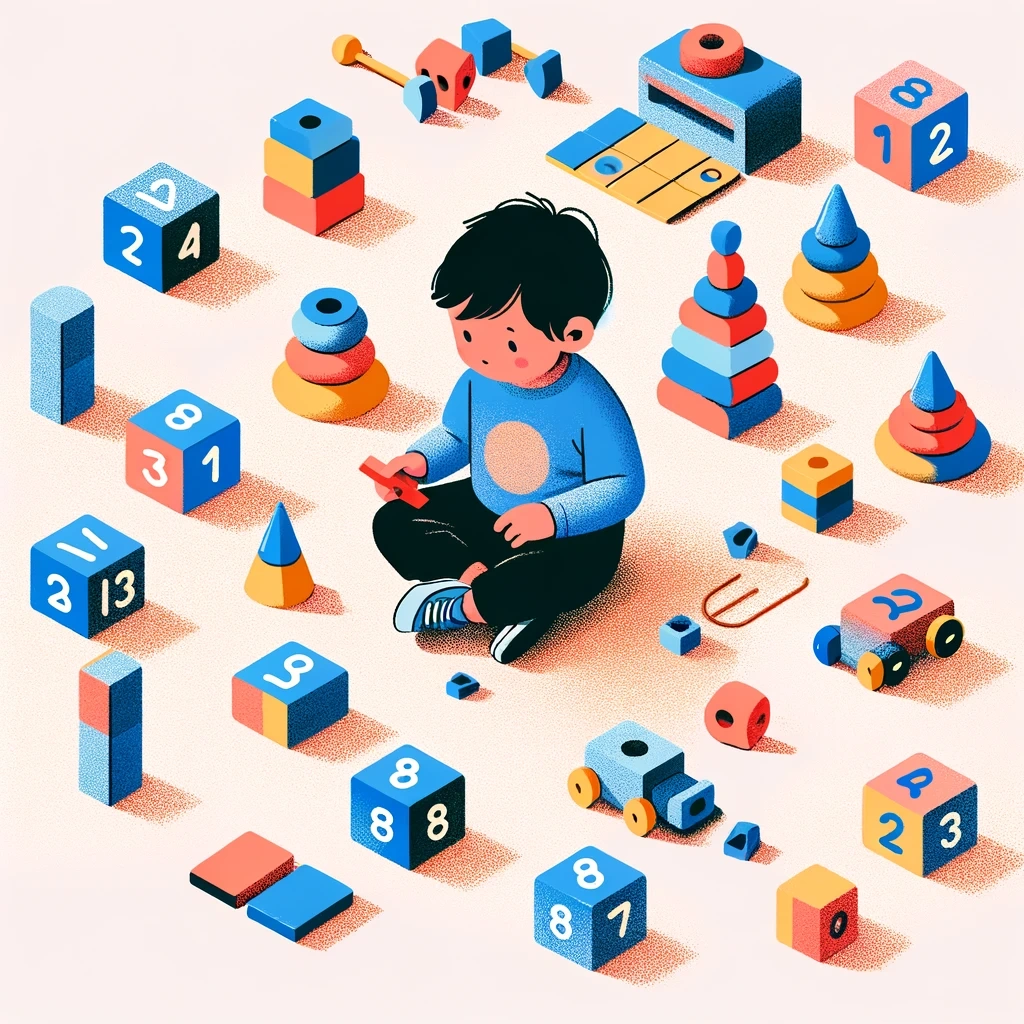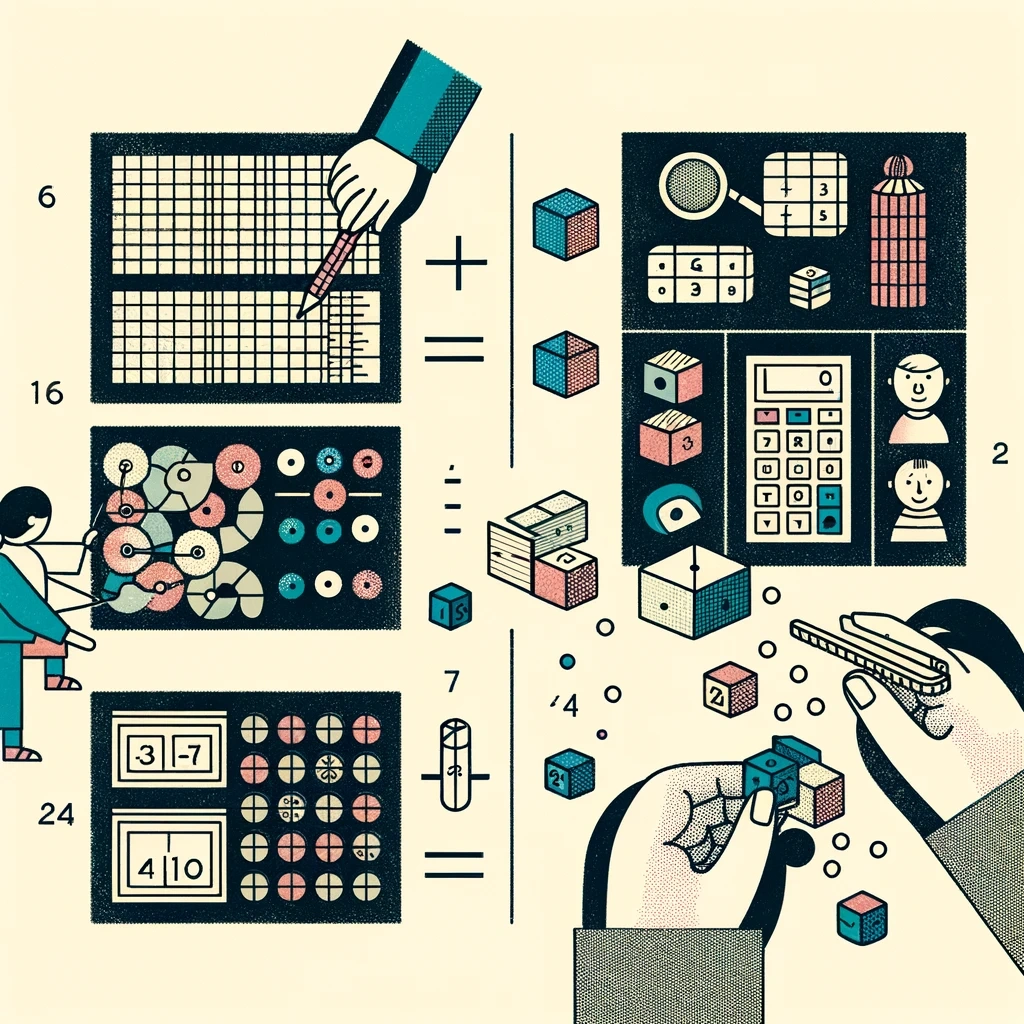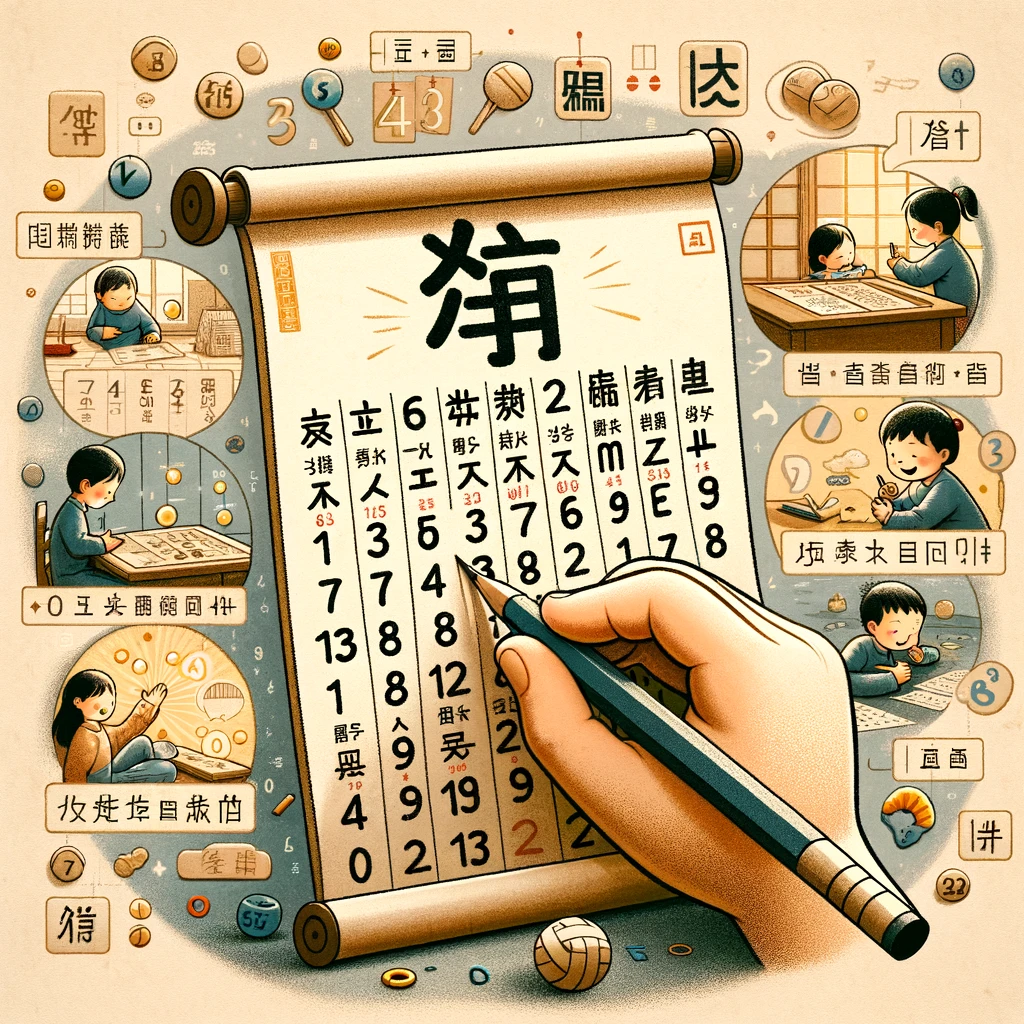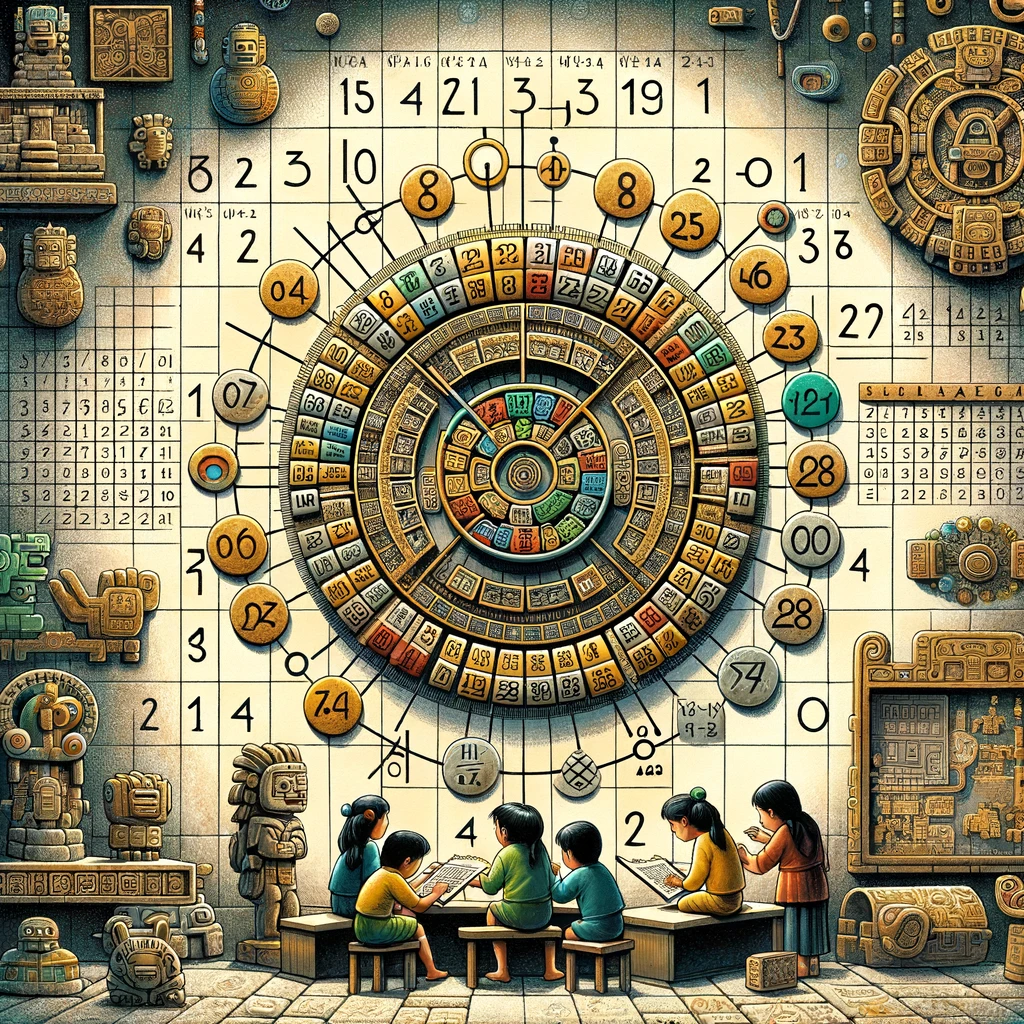As parents of pre-schoolers our journey in nurturing our child’s math abilities prior to them starting kindergarten can be both rewarding and challenging. When our little ones reach 3 to 4 years old many of us want to delve deeper into researching alternative counting methods to discover insights into how we can enrich their numeracy skills. By understanding how counting is approached in different cultures, we can unlock new avenues for cognitive growth along with a global cultural appreciation within our little ones. It is helpful to look at 3 different aspects of counting systems:
a) the impact of early counting abilities on addition skills (accuracy, strategy and calculation fluency) at the end of first grade,
b) counting systems in various cultures and
c) Lifora strategies for fostering fundamental math skills at home before kindergarten.
Pre-schoolers' Proficiency in Counting and Advanced Counting Forecasts Addition Skills by the End of First Grade"
Counting systems are more than mere numerical representations; they have a profound impact on future arithmetic fluency. A 2020 study published in the Journal of Experimental Child Psychology aimed to identify which preschool numerical abilities best predicted later addition skills in children. In the study seven specific numerical abilities were tested as potential predictors of later addition skills:
| Numerical Ability | Depiction | Typical age of development (though can vary drastically) |
| 1. Counting (an initial strategy first involving counting from 1, then involving counting from the smaller or larger addend) | 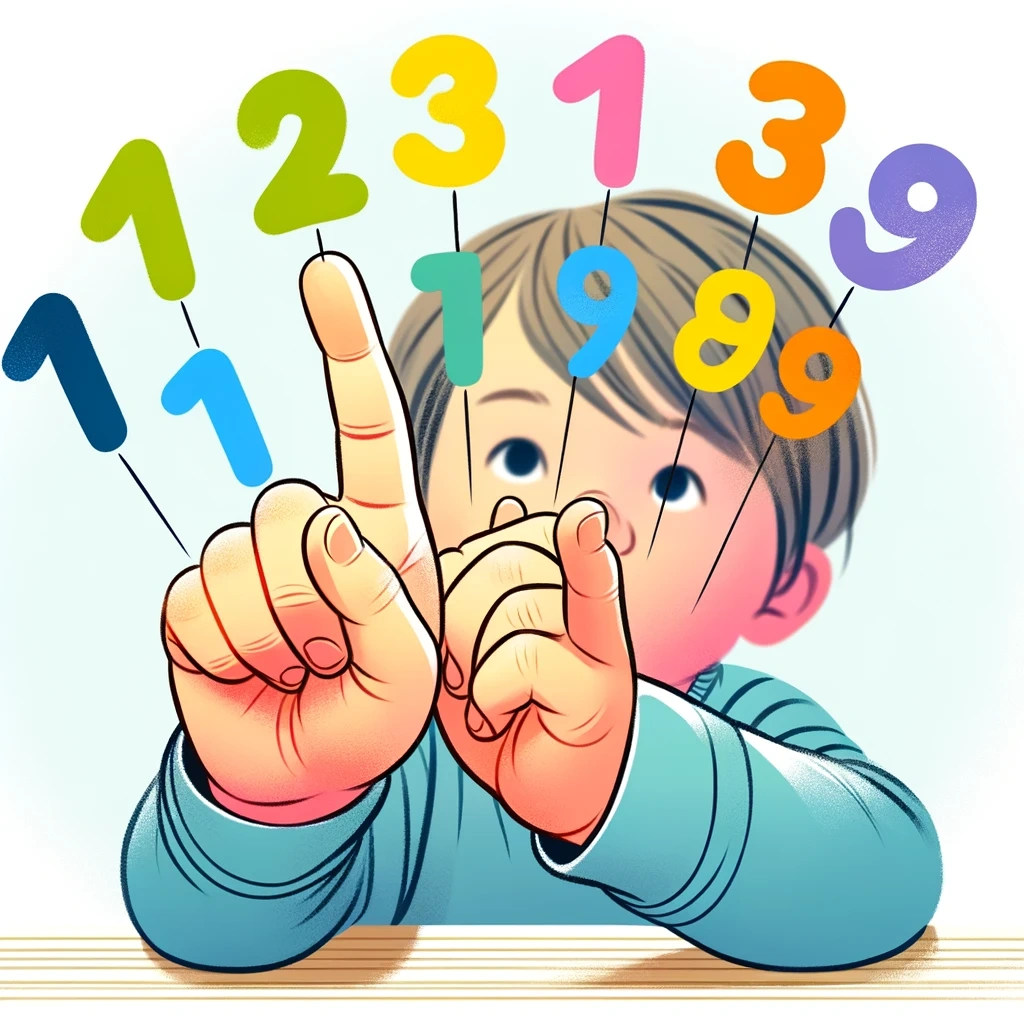 |
Between the ages of 2 and 4 kids typically understand |
| 2. Advanced counting (the ability to count from a number other than 1), |  |
Ability often observed in 4 yr olds; however some children do not learn until much later in elementary school |
| 3. Enumeration (object counting skills), |
|
Often by 3 years of age, children will differentiate number words and use them to count a set of objects |
| 4. Give-N (a test of the conceptual knowledge of the quantity in a set), |
|
Often by 3.5 years of age, kids understand cardinality. |
| 5. Collection comparison (compare two sets of items and determine which set has more, less, or an equal amount of items) |
|
Subitizing - Between age 2 and 3 children rapidity develop an accurate recognition of the number of items in a small set without counting Understanding of "more" and "less" - Between the ages of 3 and 4 children understand the concept of "more" and "less" with larger quantities Understanding of numerical equality - Between the ages of 4 and 5 children understand when two large sets have the same number of items |
| 6. Number-word comparison (the magnitude comparison of symbolic numbers) |
|
Understand that numbers represent different quantities - Between the ages of 4 and 5 children begin to grasp that some numbers are bigger or smaller than others. Can compare number words that are not in sequential order - Between the ages of 5 and 6 children can make more complex comparisons between numbers such as knowing eight is more than six |
| 7. Approximate addition. (approximate sense of the numerical magnitude of a set of items ) |
|
Start to visually estimate the sum of two groups of items - Between the ages of 4 and 5 children begin to develop an understanding of basic addition concepts by their accuracy might be limited Can often make more educated guesses about the sum of two groups - Between the ages of 5 and 6 children ability to perform improves if quantities are small and the task is presented in a visual way |
The results showed that Counting Ability and Advanced Counting (both as measured in early preschool) are the most robust predictors of strong addition skills at the end of first grade.
Diverse Cultural Approaches to Counting Systems
The traditional Western counting system, based on the decimal system (base-10), has deep roots. It's believed that it evolved due to humans having ten fingers -- a natural 'counting tool' readily available throughout human history. This base-10 system is universally taught in American schools, but it's just the tip of the iceberg. Research shows that exposure to different levels of parental engagement and alternative language systems could enhance cognitive flexibility within the math domain for children. For instance, a 2015 research paper examined the reasons behind the superior mathematical performance of Korean, Chinese, and preschool children compared to their Western counterparts. The study identified two primary factors: linguistic and parental involvement.
Asian languages, particularly Chinese, provide an advantage due to their simple and consistent representation of numbers. While in English the naming of numbers beyond ten does not follow a consistent pattern Chinese number are different. Chinese words are more regular in that knowing the words for numbers one through ten allows for straightforward deduction of higher numbers. For instance, 'yi' means one, 'er' two, and 'shi' ten. So, 'eleven' is 'shi yi' (ten-one), 'twelve' is 'shi er' (ten-two), and so forth. 'Twenty' is 'er shi' (two-ten), and 'twenty-one' is 'er shi yi' (two-ten-one). Psychologists refer to this feature as 'linguistic transparency,' and it is believed to significantly facilitate children's early number learning, understanding of place value, and basic arithmetic skills though the difference is believed to be subtle and specific rather than large and “pervasive”. Moreover, Asian languages frequently use number words, enhancing children's exposure to numerical concepts.
Parental influences also play a significant role. Asian parents are more likely to engage their children in math activities, provide structured math instruction, and have higher expectations for their children's math performance.
Diving into more exotic counting systems, the Mayan civilization used a vigesimal (base-20) system, as evidenced in their sophisticated calendar and astronomical calculations. This system, believed to originate from counting both fingers and toes, offers a fascinating study in mathematical history and cultural anthropology. Understanding such diverse systems can expand a child's perception of mathematics beyond rote learning, instilling a sense of curiosity and respect for different cultures.
Another intriguing example is the Yoruba system from Nigeria, which combines decimal and quinary (base-5) systems. It's a vivid illustration of how different societies creatively adapt to their environment, an inspiring lesson for children in adaptability and innovation.
Enhancing Your Pre-K Child's Numeracy Skills at Home Before Starting Kindergarten
Lifora activities are structured tailored to your child's growing abilities from birth through age 6 (and beyond). Our cross-domain approach involves getting your child to read at a 1st or 2nd grade level prior to starting kindergarten so that your little ones can solve math related word problems independently. Concurrently, your child will learn activities that will develop their understanding of the following concepts: pattern and sequences, ordering, sorting, classifying, comparing, one-to-one correspondence, spatial relations and more.
© 2025 ‐ Didactiic

